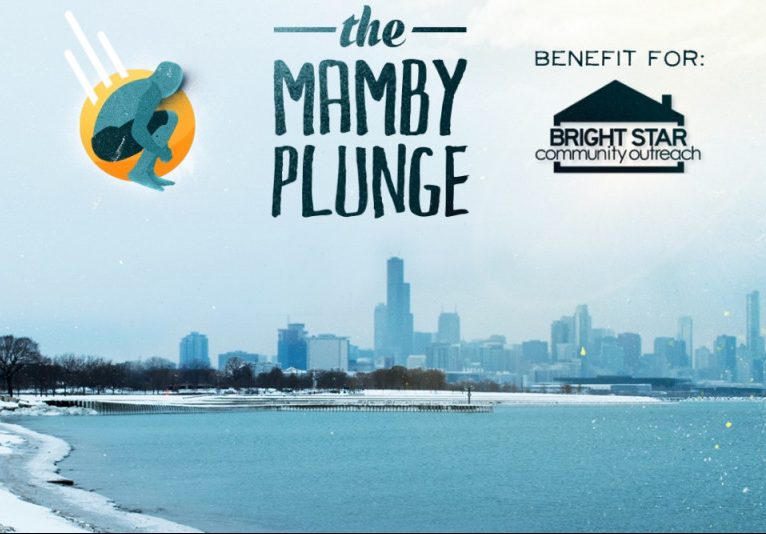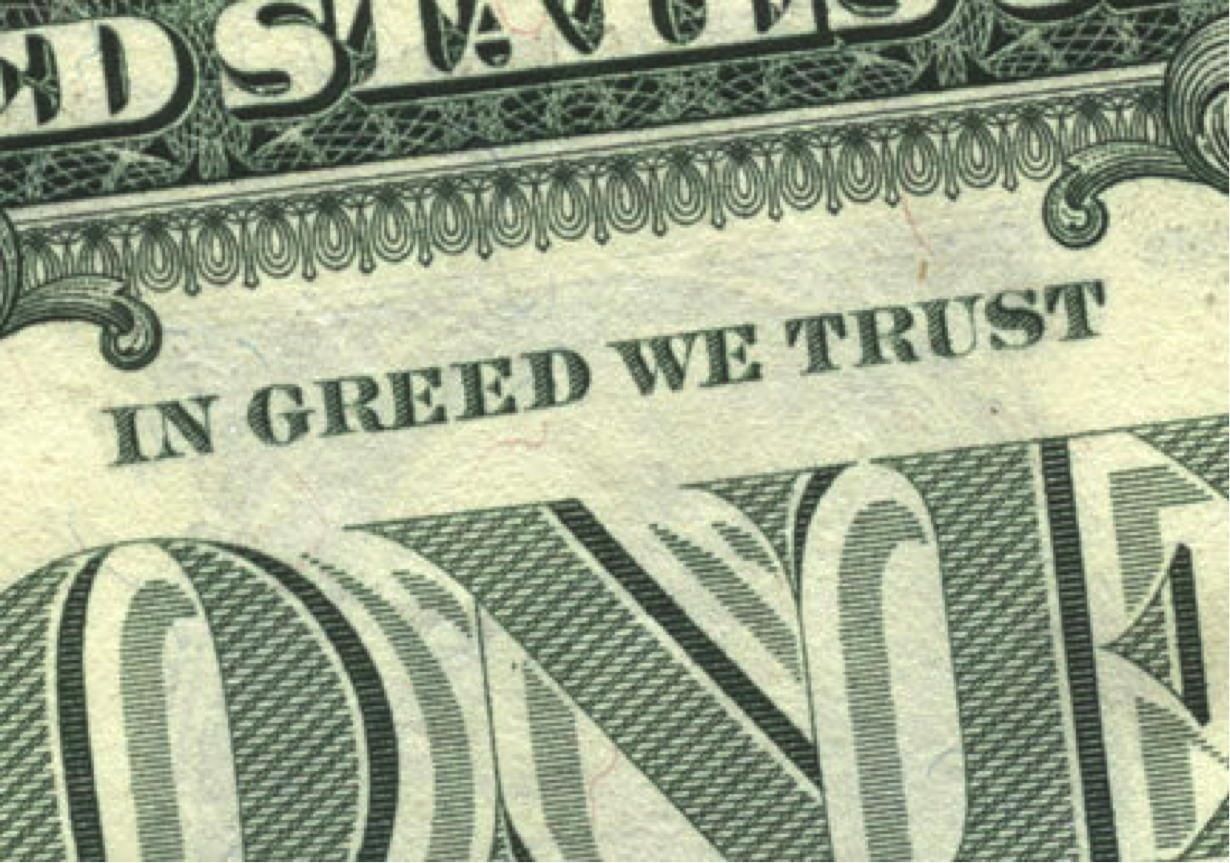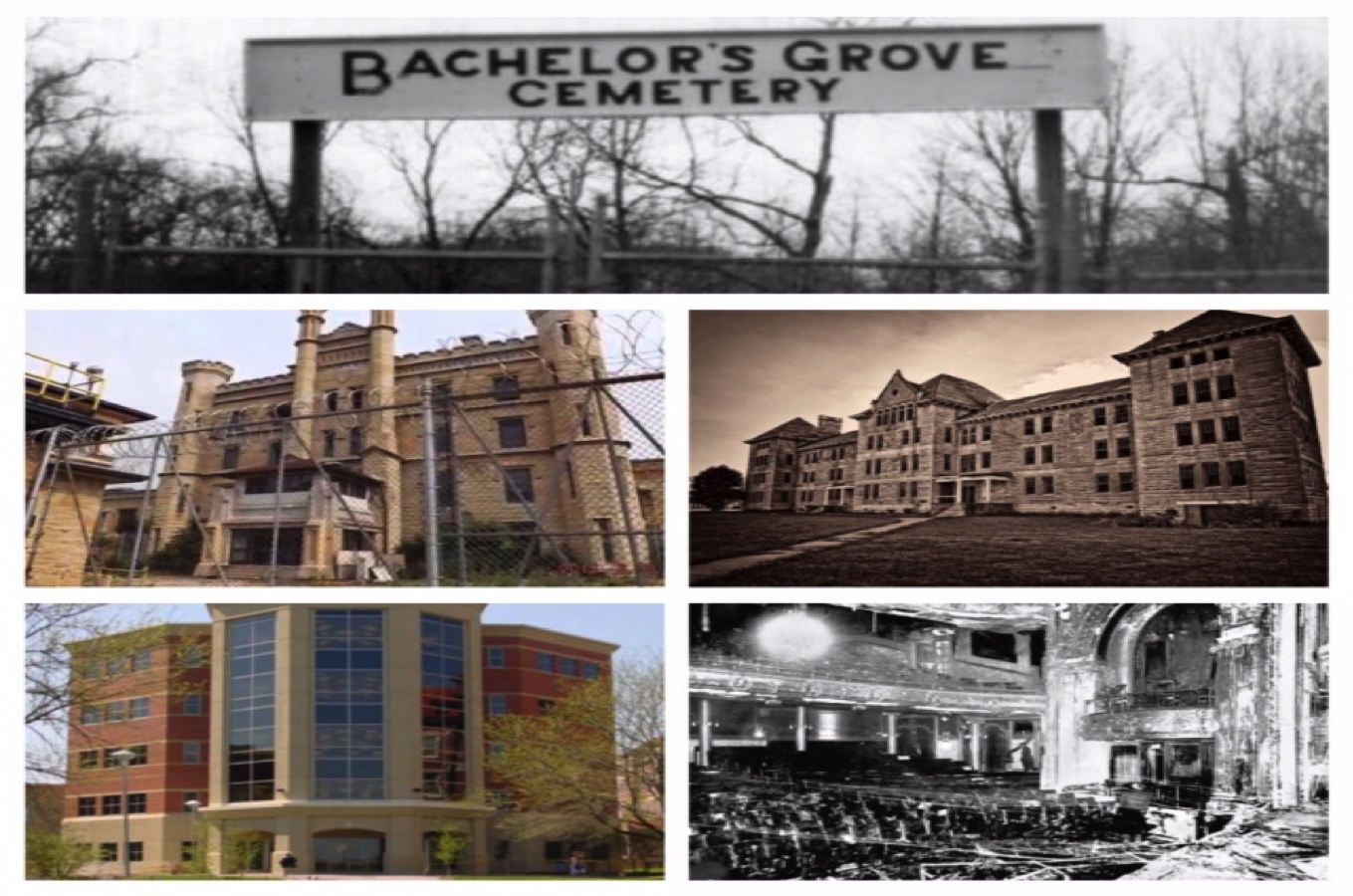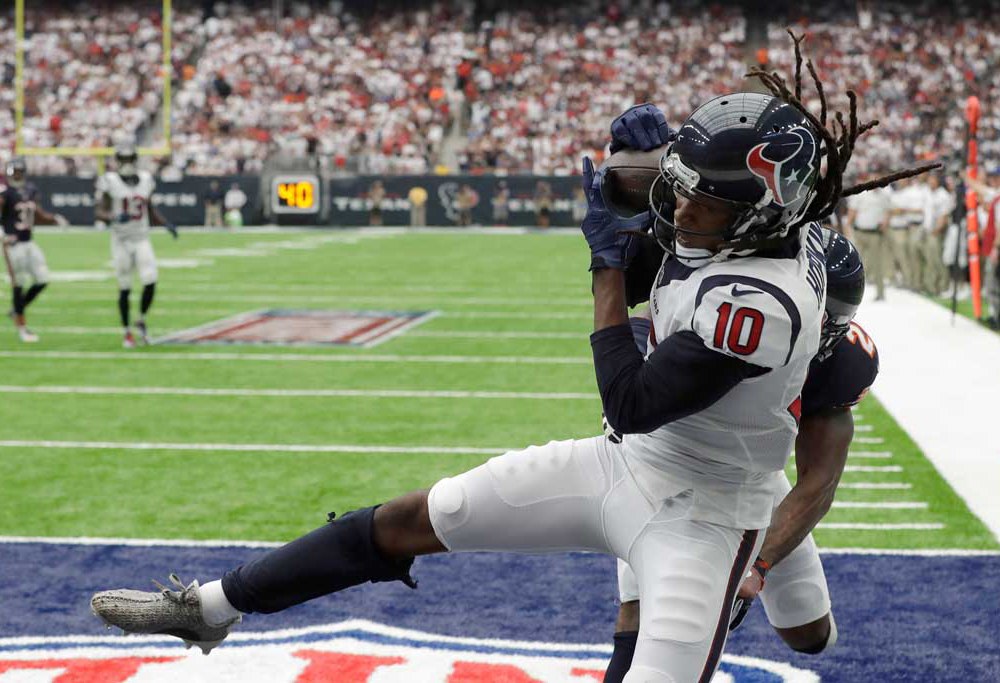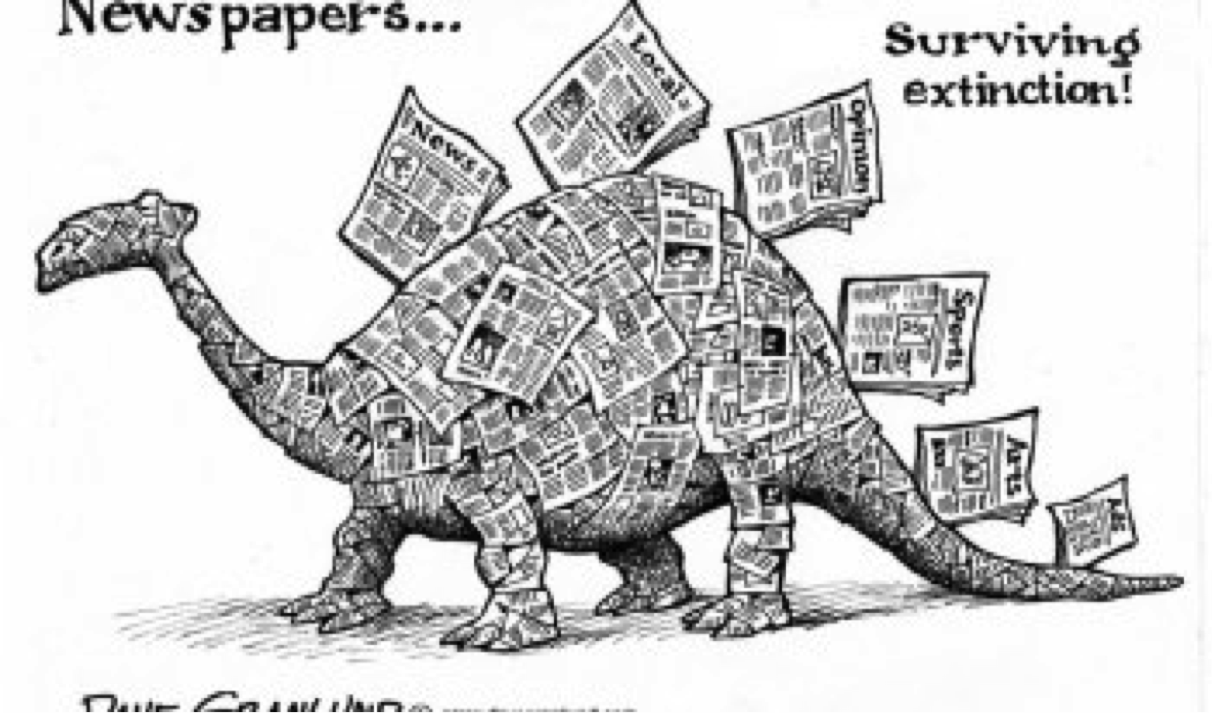The Cornerstore #2: Fatima Asghar
[iframe id="https://w.soundcloud.com/player/?url=https%3A//api.soundcloud.com/tracks/362061530&color=%23ff5500&auto_play=false&hide_related=false&show_comments=true&show_user=true&show_reposts=false&show_teaser=true&visual=true"]
In the second episode of "The Cornerstore" Kevin and Tara interview poet/writer Fatima Asghar. She discusses her personal journey that led to where she is now including growing up in Cambridge, MA. She discusses how gentrification has driven a wedge in her old community, her web series "Brown Girls" and upcoming book "If They Come For Us".
Listen above and stay tuned for more insightful "The Cornerstore" episodes from the gang.
The Cornerstore #1: Joseph Chilliams
[iframe id="https://w.soundcloud.com/player/?url=https%3A//api.soundcloud.com/tracks/359198765&color=%23ff5500&auto_play=false&hide_related=false&show_comments=true&show_user=true&show_reposts=false&show_teaser=true&visual=true"]
Hosted by WGN Radio, Tara Mahadevan and Kevin Coval are launching a new podcast made for the city entitled "The Cornerstore". The show highlights the ingenuity of the characters who make Chicago so vibrant. Every week listeners will receive rare insights into the lives of the finest rappers, muralists, chefs, brand managers, tastemakers, and more who inhabit Chicago.
In the pilot episode Tara and Kevin host Pivot gangs own Joseph Chilliams who discusses the past year of his life, being assaulted with a gun exactly a year ago, his creative process and more. Chilliams is candid about how he felt in the moment of the robbery and gives us a blow by blow of how it went down. "The Cornerstore" gives the listener the vantage point of a fly on the wall and if every show is this entertaining I could see this being the go to Chicago podcast. Listen above.
React Presents announces Mamby Plunge
Chicago based promotion company React Presents is taking an extra step in helping to reduce Chicago crime.
React Presents this week announced their “React To Violence” campaign. React is the company behind mega-festivals Spring Awakening, North Coast, Summer Set and also Mamby on the Beach.
The “React To Violence” is the company’s campaign to improve Chicago. In a statement along with the campaign React stated, “After a record setting year of violence in Chicago, it has been nearly impossible to ignore the struggle within our beloved Windy City. That’s why React Presents is launching a “React to Violence” campaign in an effort to improve our city and ultimately, the world around us.”
React Resents and Mamby On The Beach have teamed up for a winter campaign fundraiser, the “Mamby Plunge”.
The campaign has pledged to give all proceeds from Mamby Plunge to the nonprofit origination Bright Star Community Outreach. Staff members have also pleaded to take a plunge into Lake Michigan, if $10,000 or more is donated. The deadline for the $10,000 goal is by Saturday, March 11.
Mamby staff members Martin Godinez (Marketing Manager/Talent Buyer), Alan Brant (Social Media Manager), Zach Partin (Talent Buyer), Pat Grumley (Marketing Director), Dom Brown (Festival Marketing/Experiential), Ashley Egly (Festival Director) and Yolie Carrera (Yoga Instructor) have all agreed to take the Mamby Plunge.
The Mamby Plunge will also be held at the same location of Mamby on the Beach, at Oakwood Beach. The plunge into the lake will be on Saturday, March 11 at 2 p.m. The Mamby Plunge is open to the public.
The plunge will be able to watch on Mamby On The Beach’s Facebook page here.
Those who donate will also be entered into a raffle for VIP passes to this year's Mamby On The Beach.
You can donate to the Mamby Plunge here!
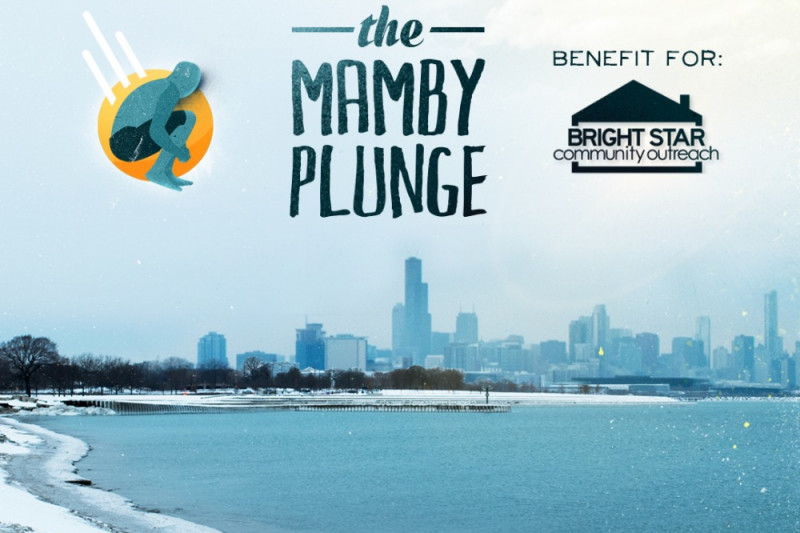
America: How Greed Trumped Freedom
Much has happened over the past week as a result of Donald Trump being elected as President of the United States.
When I woke up last Tuesday morning to hear the news, I felt like the world had ended. Shock, depression, anger, fear. I felt it all at the fact that our nation, who appeared to progress so far against prejudice in the past 240 years (officially), was being torn apart. It seems as if all that hard work and determination to create and establish change was crumbling beneath us.
But this race was always more complicated than Hillary is good and Trump is bad. Throughout his candidacy, I viewed Trump as this disgusting racist, homophobic, sexist discriminatory piece of trash. I had the same negative connotations with those who supported Trump or chose to vote for him.
There are great deal of Republicans who voted for Trump because of the promise of a prosperous economy and strengthening middle class America, rather than strictly agreements on a discriminatory basis.
However, the overall outcome is a nation divided by greed. It is greed that has long dominated and continues to dictate our nation and the people that voted for economic change rather than social change and liberty and justice for all.
And while I still have strong negative feelings toward Trump, I dislike both Presidential candidates during the election race.
We, the people, were given two steaming piles of shit candidates and told to choose the lesser evil.
Hillary Clinton’s actions didn't remain true to her country. Lying and cheating to get what you want is the equivalent of greed.
Both parties fought hard against each other. However, both seemed to be largely after one objective: the title of President of the United States. The race between these two candidates proved to be selfish at the core when it came down to power. So why were many of us shocked that this major problem that continues to afflict our society dominated this election?
Because we believed in our own abilities to change a system that often cripples many of its inhabitants. Even middle class America, who have been victims of the economic system, chose the candidate they best sought fit to reform their situation.
However, Donald Trump’s platform for "change" based on a business man’s views feeds back into the revolving concept of greed.
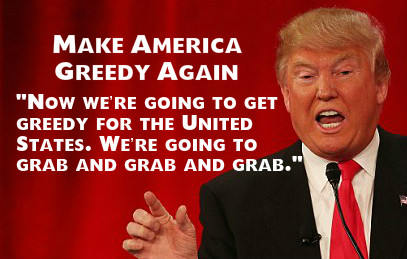
To complicate things further, some of the people who chose economic liberation are people we know, people we love. They are people who are capable of love and kindness. Yet, the promise of supporting one self or one's family financially won out; rather than realizing the big picture: freedom for all.
Hillary Clinton’s open arm stance on rights for all religions, races, nationalities, women, the LGTBQ community is essential and critical to this county’s well being.
The United States of American consists of a variety of people, not minorities, but people. They are our neighbors, our brothers, our mothers, and our best friends. They are us, and it is why we need to support one another. Because that is the only way we can properly function as a society, together.
The people that make up this nation who stand for equality and liberty are terrified to be who they are. Children are fearful, with the threat of their mothers and fathers deportation to the countries where they were born. Kids worry about going to school because of the taunting and chanting of white, male privilege in the hallways.
Making decisions by those considered to be voting adults, decisions that greatly affect children in America and taint the innocent lives of our country’s youth, it is not only majorly problematic. It is cruel and corrupts the good heartedness of children.
The majority of parents teach their children to do good and to do what is right. And yet, half the country made decisions for the good of the one rather than the good of the many.
It is an issue that has plagued our country for centuries. But in this election, greed has made a significant tear at our nation’s structure.
“The land of the free and the home of the brave."
These words sometimes used to describe the United States are now enforcing laws and the threat of repeals. It is making freedom circumstantial.
But that won’t stop us, each of us that are labeled as minorities or each of us that believe in equal rights for all, to keep fighting for the country that we are all apart of.
Do the clothes we choose reflect ourselves as a person?
What does what we wear say about us?
Do the clothes we choose reflect ourselves as a person? It seems that the clothes that we choose tend to make a statement to us and our personal sense of what we like, how it fits us individually, and of course the revolving door of trends that go in and out every decade; as well as the impression we want to make on the outside world. Clothing can also represent a sense of legality, authority, and prestige in certain uniform design choices.
Is our sense of style tied to something stronger than our cognitive decision to choose clothing patterns? According to an article published by the New York Times, that we think with our bodies as well as our brains.
In a series of studies conducted by Dr. Adam D. Galinsky, a professor at Northwestern University, he tested how clothing impacted individuals on their cognitive and psychological processes. In an experiment with 58 undergraduates, students were randomly assigned a white lab coat or normal street clothes; the students were then asked to spot the inconsistencies in a selective attention test. The results: those who wore the lab coat made significantly less errors than those wearing street clothes.
“I love the idea of trying to figure out why when we put on certain clothes, we might more readily take on a role and how that might affect our basic abilities,” said Joshua I. Davis, an assistant professor of psychology at Barnard College.
Or is it more simple than that? Is the clothing that we choose merely a result of personal taste and what we like. For many of us, comfortability is key. If I could, I would live in sweatshirts, leggings, and converse or boots. However, this isn’t always socially acceptable.
Society has taught us what does and does not look appropriate in certain situations; for example, weddings, funerals, the work place; but even some places of work are starting to accept jeans as a viable clothing option at certain places of employment
This begs the question: what else is society telling us about what to wear?
Confidence also plays a key role in what we choose to wear. It influences how we carry ourselves and how we interact with others. Sizes small through large and “regular" sized pants is a major limitation in our society.
Sizing in certain clothing stores like Abercrombie and Fitch, who just recently starting carry above a size 10 in women’s clothing, have started carrying larger sizing for the main purpose of selling product.
There are many components that factor into how we choose to dress ourselves everyday. Personal taste, self confidence, and how we believe others view us all play roles in the decision making process. Yet, it is important to note that “others” exceeds outside of the people you pass by in everyday life. Society largely impacts how we view ourselves in respect to clothing.
Top 5 Scariest Places to Visit This Halloween
Now that it is the month of October and with Halloween approaching, haunted houses filled with fake zombies and dropping skeletons are opening to the public. But what about the all year-round locations that have claims of hauntings? Considering the local clown outbreaks in Chicago, the normal, everyday parks may seem the most terrifying to some people. But here are a few examples of some of the most noteworthy real-life horror locations in Illinois.
1 Bachelor’s Grove Cemetery in Midlothian, IL —> Among the Rubio Woods lies one of the most haunted cemeteries in Illinois; maybe even one of the most haunted cemeteries in the United States as argued by history lovers and ghost fanatics. Bachelor’s Grove Cemetery first burial was Eliza Scott in November of 1844, before the Civil War. Newspaper reports have also stated earlier burials held at Bachelor's Grove. In 1935, the Blue Island Sun Standard published that William B. Nobles was buried in Bachelor's Grove Cemetery in 1835. However, Bachelor’s Grove wasn’t legally considered a graveyard until records of the cemetery came to light, after the property was taken over by Frederick Schmidt in 1864.
Since the 1960s, Bachelor’s Grove Cemetery has been closed to car traffic; making it even more terrifying that the only way to roam around this graveyard is by foot. Locals over many generations report sitings of phantom cars, ghosts, glowing floating orbs; and more notably, legends of a ghost known as Madonna of Bachelor’s Grove, the Caretaker who supposedly lived on the grounds killed his family; the Hook Man, the farmer and the horse who supposedly drowned in the Bachelor’s Grove pond, the phantom dog, etc. There has also been factual evidence present of satanic rituals and grave openings/robbings at Batchelor’s Grove since the 1960s.
2 Peoria State Hospital in Bartonville, IL —> Peoria State Hospital, formerly known as the Illinois Asylum for the Incurable Insane, was active between 1902 to 1973. Because the hospital shut down in the early 70s, there isn’t too much factual information accessible online about the history of the establishment. Many reports, including the leading Doctor Dr. George A. Zeller of Peoria State Hospital, speaks of strange occurrences inside the hospital during its time of operation. One of the incidents being in 1910, when a patient by the name of Manual Bookbinder passed away. At Bookbinder’s funeral, numerous witnesses in the crowd, including Dr. Zeller, reported seeing Bookbinder’s ghost standing near a tree. According to Dr. Zeller, the funeral procession had to open the casket to verify that Manual Bookbinder, or Old Book as they called him, was in fact still inside his coffin.
3 Benedictine University in Lisle, IL —> Benedictine University, formerly known as St. Procopius College, was established by the Benedictine monks in 1887. The University’s nearby wooded area, along with Lake Saint Benedict and the college’s local cemetery emphasize the creepy feel of the campus. Ursula Bielski is a former Benedictine University student, historian, author, and founder of Chicago Hauntings Inc.; Bielski has strong credibility as the leading figure in the Chicagoland’s folk lore. According to Bielski, numerous students even tried to contact a ghost/spirit through the use of a ouija board. Reports of rumored exorcisms, alleged deaths on campus, and other supposedly strange occurrences have led some to believe that ghosts roam the campus of Benedictine University.
4 Joliet Correctional Center in Joliet, IL —> For nearly 150 years, Joliet Correction Center was home for small-scale criminals to noteworthy killers; including the infamous serial killer John Wayne Gacy. Gacy was sent to Joliet Correctional Center before being transferred to Stateville Correctional Center. The prison first originated in 1858 as a replacement for Alton, Illinois’ first ever state prison. Over time, Joliet Correctional Center became one of the nation’s largest prisons. The prison closed from needed cut backs in the corrections budget. But is the abandoned prison really haunted by supposed stories of ghosts; or is it the fact that it is an abandoned prison that people create these folklores?
5 Iroquois Theater and Death Alley in Chicago, IL —> On December 30th, 1903, the Iroquois Theater burned to the ground after a lighting issue turned out of control. During the night of the fire, about 2,000 people sat inside to watch the musical “Mr. Blue Beard.” That December night, over 600 people died as the fire continued to blaze. The new building that stands in the Iroquois Theater’s place is the Oriental Theater. Some people have claimed to hear screaming and other strange noises inside the theater; others have told stories that exist in the alley behind the theater, which is known as Death Alley. Some have said to have seen the ghosts of those who died in the Iroquois Theater fire over 100 years ago, lingering in the alley.
Do you agree with our list? Are strange, supernatural elements lurking in these supposedly haunted hotspots, or are these just stories of legend and folklore? Many of us might just have to visit these places to decide for ourselves what horror lies behind these stories.
NFL Players Banned From Wearing Yeezy Cleats
Just a week after Adidas introduced the Yeezy Boost cleat, they have been banned from the NFL. The league announced that the cleats violated their dress policy, citing a rule that cleats must be "one dominant base color". They then sent DeAndre Hopkins a $6,000 fine for wearing a pair in the Texans week 1 win over the Bears. This controversy has drawn plenty of comparison to the infamous "banned" black and red Jordan 1s.
https://www.instagram.com/p/BKItc9EA5eY/?taken-by=deandrehopkins&hl=en
This couldn't be better PR for Kanye West, especially after DeAndre Hopkins announced he would wear the Yeezy cleats again "if Kanye agrees to pay the fine". For West, $6,000 is a steal for this kind of exposure compared to traditional advertising. Adrian Peterson and Von Miller also received their own pairs of Yeezy cleats which they shared on twitter, but opted not to wear them during their games. Kanye could also just release them in a solid color, making them perfectly legal. Baseball will be the next sport to get Yeezy cleats, the Pittsburgh Pirates Andrew McCutchen has already expressed his desire for a pair.
Officially released on September 15th, the Yeezy "Turtle Dove" 350 cleats retail for $250, and sold out immediately.
https://twitter.com/adidasoriginals/status/775801264747737089
Online Publication and The Newspaper Industry
Over the last 70 years, the ways in which we are informed about news and current events has changed drastically. With the invention of the television and the computer, how we are informed is also changing. Now, we spread information through the internet, a wildfire of tweets and shared blog posts and videos. Even the majority of well-known newspapers like the New York Time, the Chicago Tribune, and the L.A Times have all created websites that display their online articles.
In this world in which we are apart of and the societies in which we make up, there is knowledge all around us. This access to knowledge is growing tenfold with all of the material and tools we have at our finger tips.
However, it is essential for any and all publications to establish one major concept: credibility. Credibility is trusting what the reader is saying because they have established a sense of credibility with their audience. This is shown through using personal experiences, providing links to reputable sites, and refraining from the use of Wikipedia. These are just a few small examples of how to establish a writer as trustworthy in the online community.
Based on my own current experience from working in both an online publication as well as the newspaper industry, there will always be pros and cons to each side that the other side lacks. In the newspaper industry, local newspapers hold great value in the strong, personal relationship between the newspaper and the reader. You have a better sense of who is reading these articles because they're your family, your friends, and your neighbors. And there’s a comfort in that.
The first United States newspaper, the Boston News Letter, originated on April 24, 1704. This piece of media not only discusses events in history, it is history.
Although you can share articles with this same familial audience, there’s a crucial difference. The world of online publication is a two-way, communicative street. And as a writer, that can be intimidating. Complete strangers have the power to verbally abuse you, and many act on that capability.
Yet, there’s also a large sense of freedom in writing online. Self-starting, entrepreneurial bloggers do not have expectations to stay within a company’s tone or set material topics. They are their own company, their own brand. They are the creators.
Even the concept on online publication has a wider scope of freedom; publications in different topics of interest exist, from music to online magazines to home and lifestyle blogs. It’s an expansion of the newspaper, providing readers with a large variety and quantity of subjects and issues to dive into.
Whereas in the newspaper industry, you are in a co-dependent relationship with the assembly line of co-workers; each have their own stake in contributing towards making that week’s deadline in order to get the paper out. There’s a sense of team work and camaraderie there that can’t quite be duplicated in the online world of publication. It is important to preserve that communal bond of sharing local news. It is also important to maintain a plain field for evolution in this industry, without one platform pushing out the other.
Between 2003 and 2012, the print ad revenue in newspapers has decreased by more than 50%. Readership has also decreased between 10 and 20% over the last 15 years among all age groups; these age groups consist of individuals from the 18-24 year old bracket to ages 65 and older.
However, with this new age of online media and the rising generation of younger readers and creators, a question comes to mind. Can we still preserve the newspaper industry of both big booming companies like the Chicago Times along with smaller publications like Southtown Newspapers or Southwest Messenger Press? Could the extension of these papers onto online platforms help to sustain this powerful medium that has informed people around the world for hundreds of years? Maybe we need to start considering newspapers in both print and online form, rather than print vs online publications.



